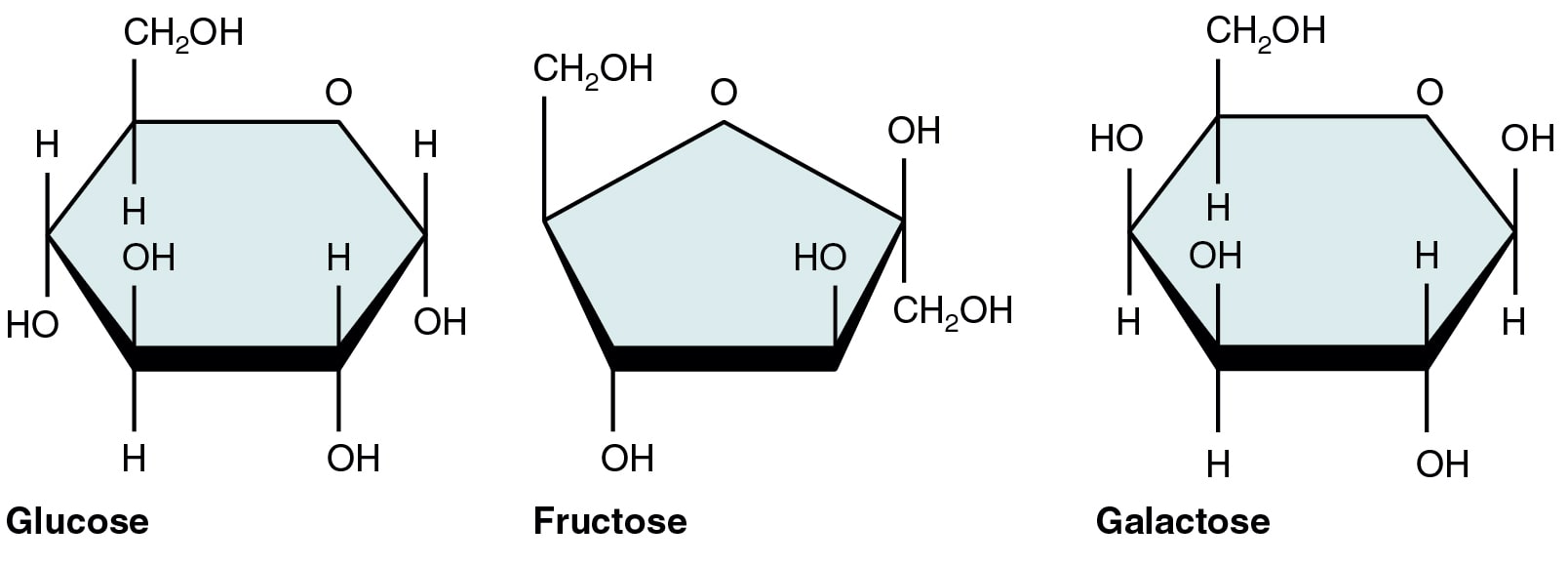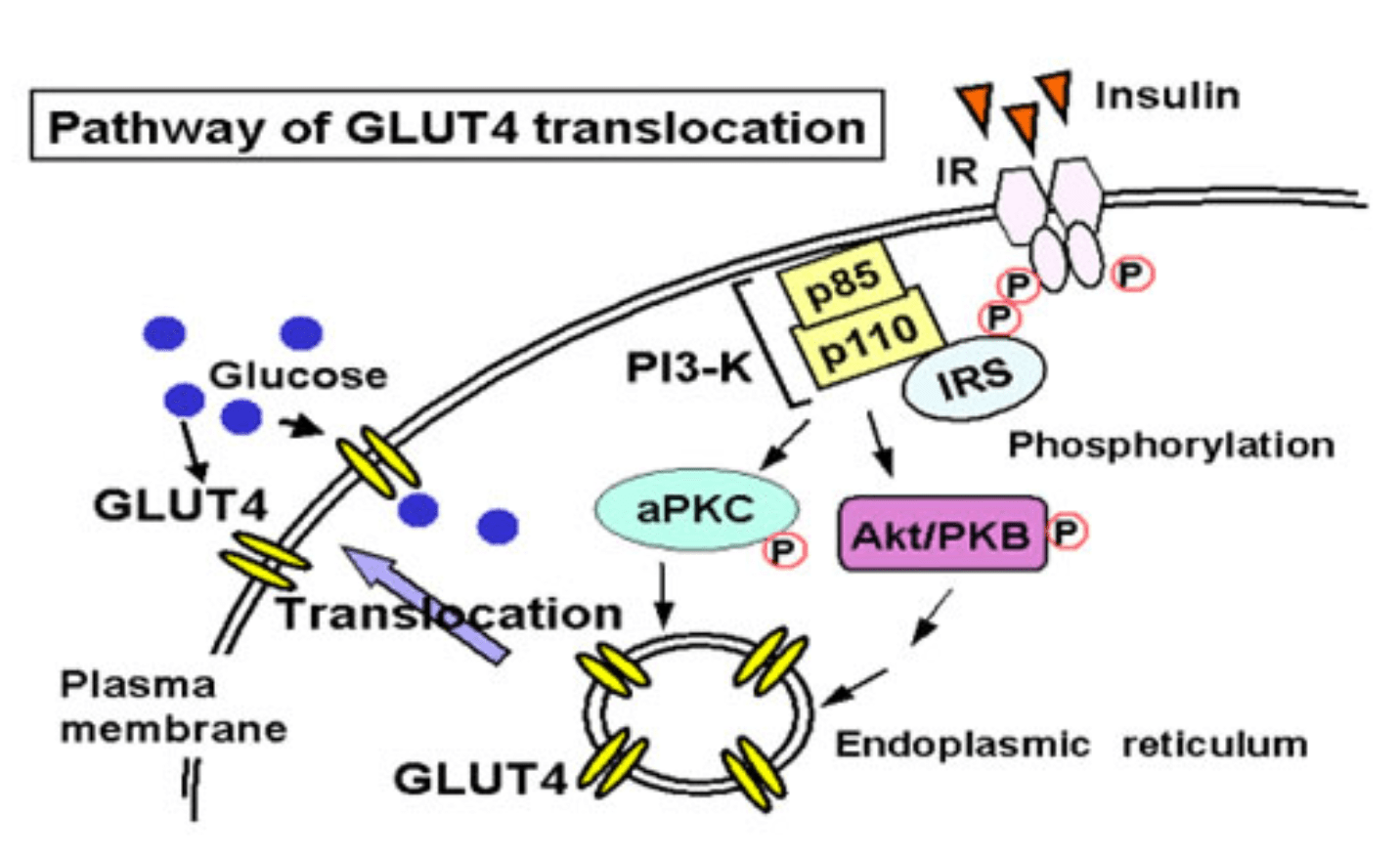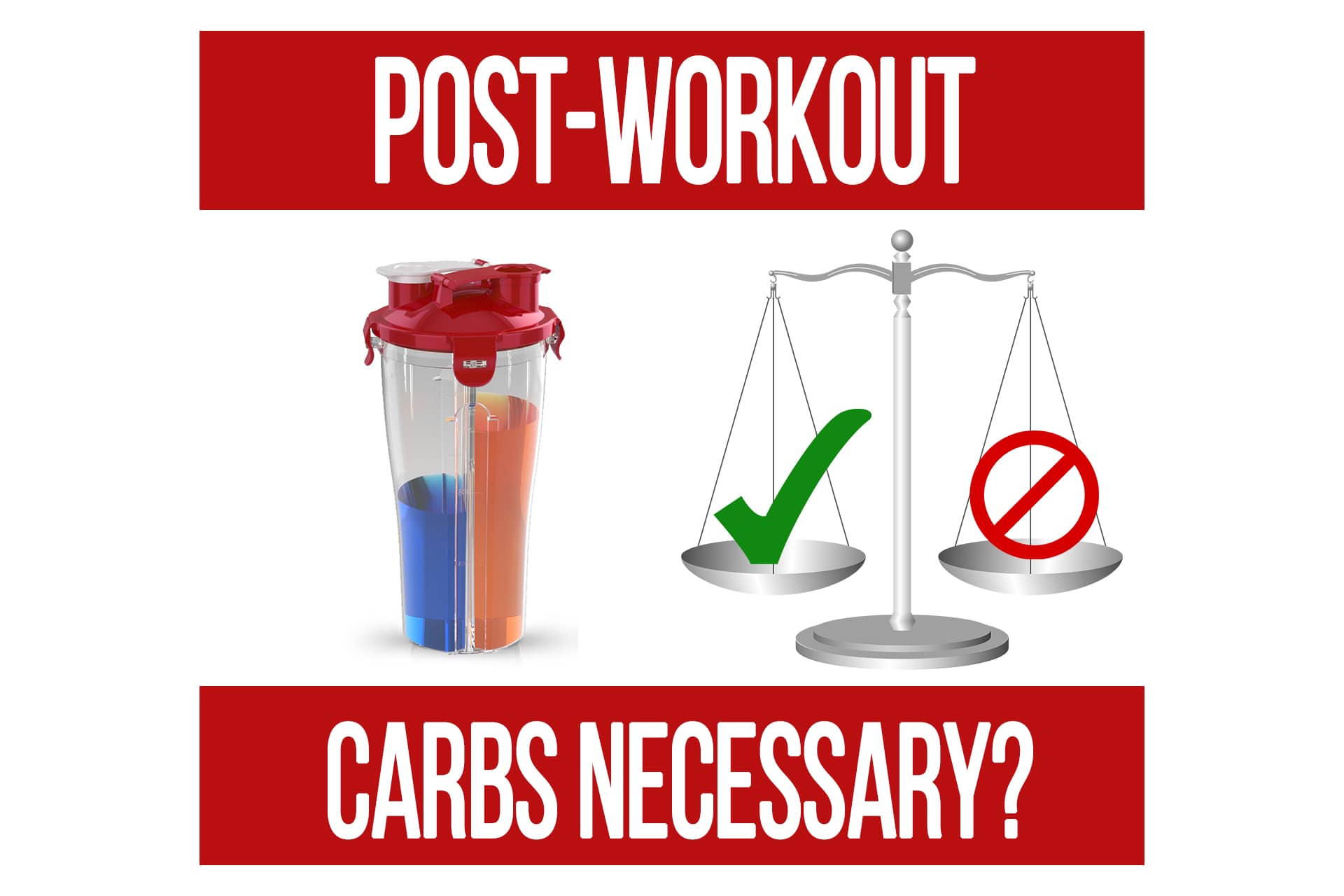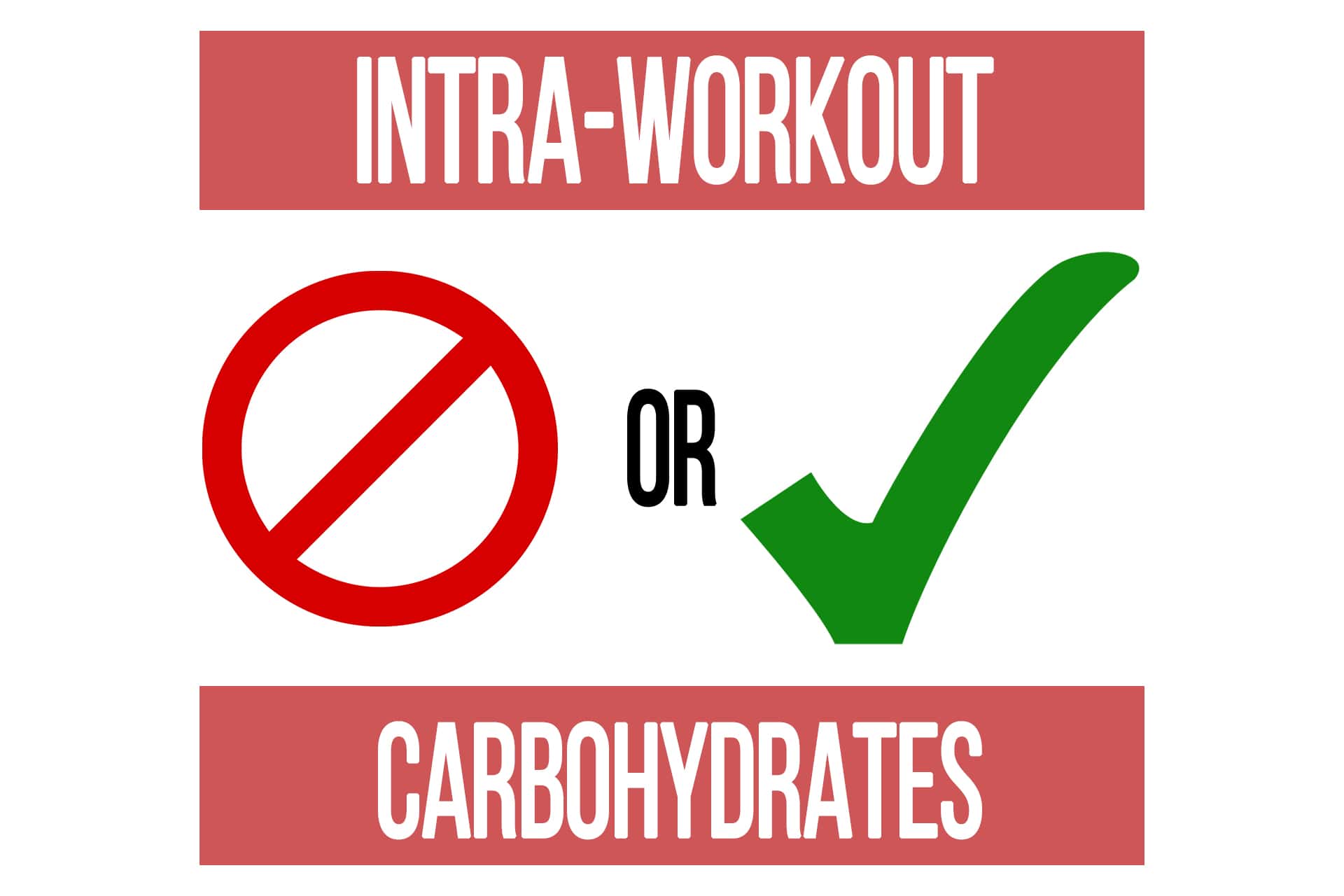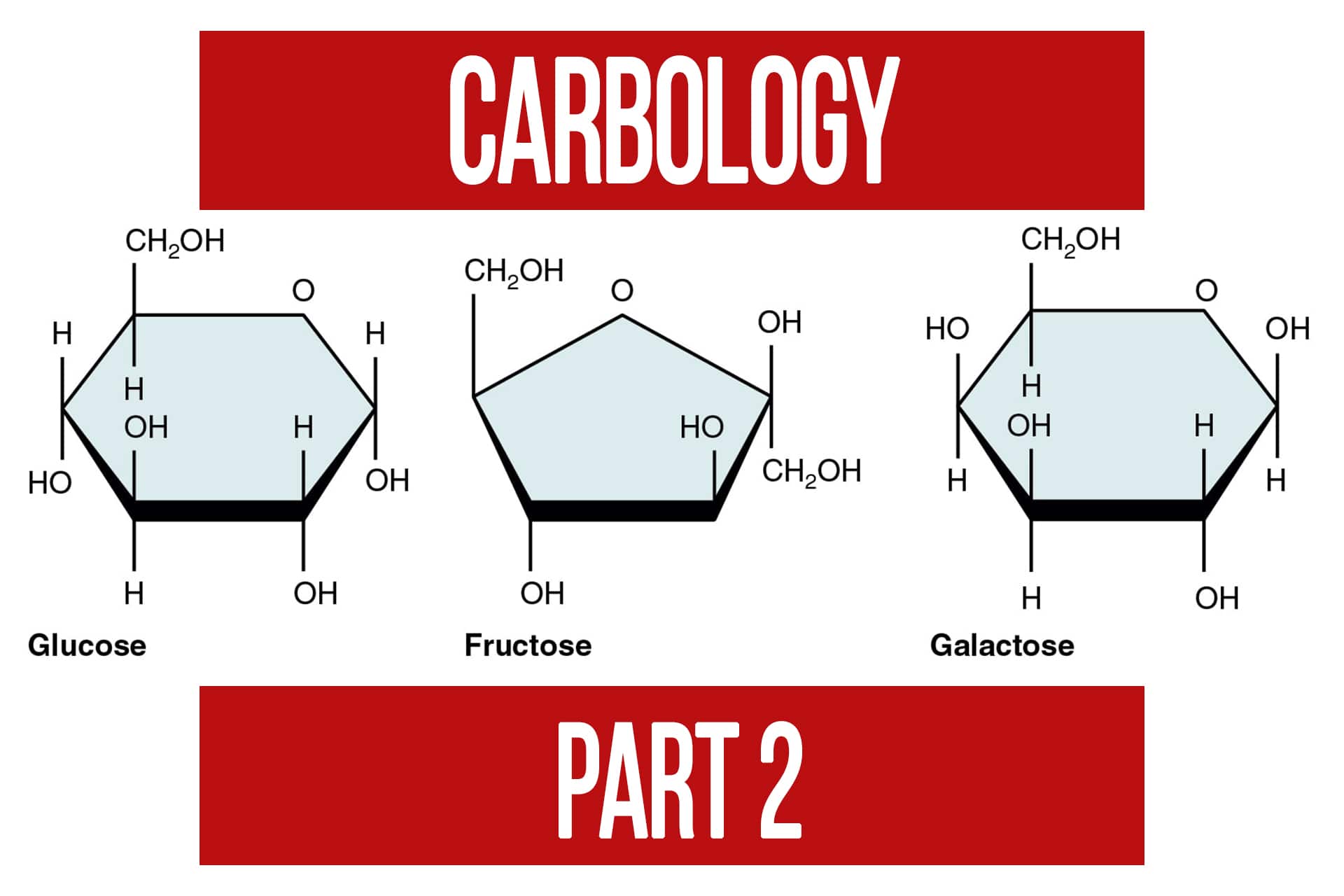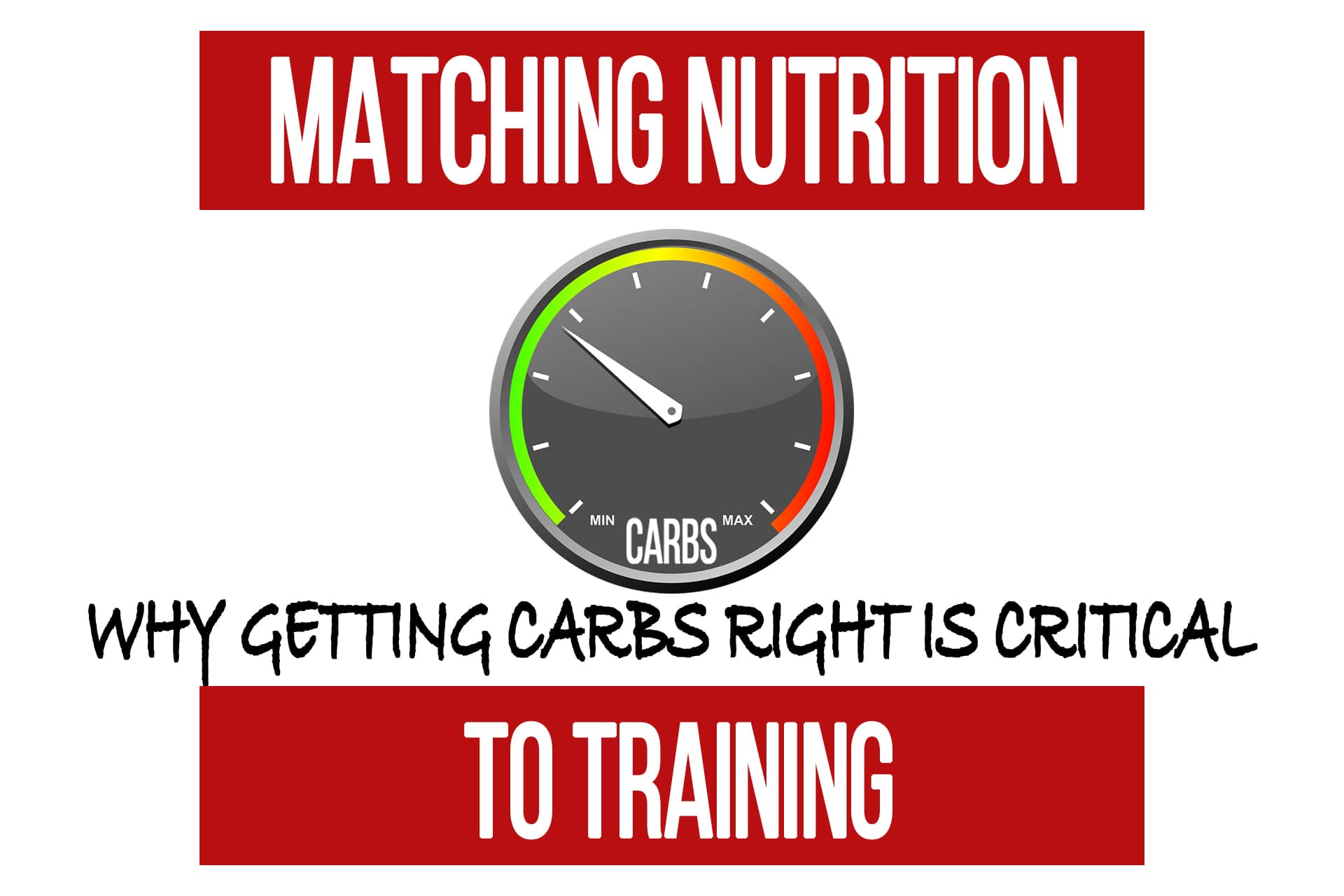Carbology Part 1 Introduction to Carbohydrates
n1 training
Welcome to your introductory course on carbohydrates.
Why you should care: Obesity in large is associated with diminished ability to handle carbohydrates, which develops into type II diabetes. If you have any goals in terms of body composition, fat loss, or weight loss, you best learn how to use carbohydrates properly.
Note: This is NOT saying that carbohydrates cause diabetes. Let’s get that clear first. There are many factors that lead to type II diabetes and the overconsumption of carbohydrates is a contributor, not the sole cause.
Carbohydrates, often termed as sugars or starches are all comprised of the same 3 molecules. Glucose, galactose, and fructose are the base molecules (monosaccharides) that make up all carbohydrates. Each molecule itself is already a carbohydrate, but combinations of the above are what make up the other carbohydrates in our diet.
Lactose, the sugar in milk is a disaccharide (glucose and galactose attached to each other) where as sugar:( sucrose, high fructose corn syrup, and cane juice) are disaccharides of one glucose + fructose. They can also consist of just many of the same molecule. Maltose is just 2 glucose molecule bound together. Carbohydrates that are made of more than 2 molecules are called polysaccharides, which we usually refer to as starch. These polysaccharides or starches are considered complex carbohydrates.
No matter what the carbohydrate is, it is broken down into its monosaccharide parts through digestion. Your body makes enzymes that break down large carbohydrates, and then your liver processes the non glucose carbohydrates. You liver converts galactose into glucose, and it can use fructose to increase liver glycogen. Glucose does not need to be converted in the liver and is thus the most useful and healthy form of carbohydrate for your body. Glucose is basically the carbohydrate fuel of life. Glucose can feed every cell in your body, and has no negative effects when consumed in the proper portions.
The easy answer is from our diet. Carbohydrate rich foods like grains, fruits, and starches provide a large amount of carbohydrates. Vegetables and nuts also contain carbohydrates, but a smaller amount that usually has an insignificant effect on blood sugar. The other way we get carbohydrates is a process called gluconeogenesis in which the liver creates carbohydrates from non carbohydrate sources like protein. This is an important process in regulation blood sugar because several metabolic process needed for life require carbohydrates. The brain is a great example of an organ that is very sensitive to carbohydrate levels. If blood sugar gets too low or high, usually seen in diabetics, they can become disoriented or even lose consciousness.
It’s important to note that your dietary intake is not what manages your blood sugar levels though. Your body produces hormones in response to what you eat and your current blood sugar level to regulate this. For many, their ability or inability to do this will have a significant impact on their health and body composition. If you are healthy and eating enough protein, you don’t need to eat carbohydrates to have carbohydrates available because your body will make them as needed through gluconeogenesis. In fact many primitive cultures thrived on very low carbohydrate diets. If you are not healthy, this process might not work as well for you, and you may have poor function on lower carbohydrate diets.
Insulin is known by many as the hormone associated with diabetes. There are two types of diabetes. Type I is where the pancreas loses the ability to make insulin, whereas type II diabetes the pancreas may still create some insulin or the person may be so insulin resistant that the pancreas can not make enough to control their blood sugar. Elevated blood sugar (hyperglycemia) occurs when the body is not able to increase glucose uptake into the cells in relation to what has been ingested and released into the bloodstream.
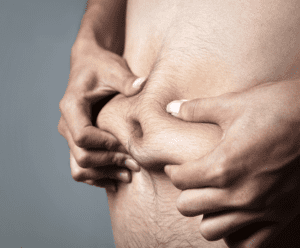
Aside from increasing body fat, having constant high levels of blood sugar increases inflammation and also leads to the creation of AGEs (Advanced Glycation End-products). These AGEs form when proteins in your blood get bound to the sugars, creating an almost syrup type material in your arteries. This is not good for your health in many ways and is extremely aging to the body. The more AGEs you make, the more likely you won’t live to see a very old age. So you might want to start thinking twice about eating high sugar foods, regardless of your weight, or insulin sensitivity.
When your blood sugar starts to raise, your pancreas responds by secreting insulin into the blood. Insulin then signals certain cells through an insulin receptor to start moving special proteins into the cell membrane. These proteins are referred to as glucose transporters or GLUT proteins. Some cells in your body do not regulate their glucose uptake and just allow it in freely. These cells are like liver, kidney, brain, and red blood cells. No coincidence that diabetes patients have issues with all those organs. The rest of the cells require the GLUT transporters to get glucose into the cell. In a healthy person, insulin will stimulate GLUT in muscle and fat, but about 70-80% of the glucose will be take up by the muscle tissue because it has more insulin receptors. In a person who has abused carbohydrates, their body will start to create more insulin receptors on the fat cells, making more of the carbohydrate you eat, get stored as fat. For an in depth look, here is a medical break down from Cornell University.
The increase in insulin sensitivity of fat and decrease of it in muscle tissue is why being fat and insulin resistant is a double edged sword. The more fat you have and the more insulin receptors the fat cells have, the harder it gets to lose fat and the easier it gets to store fat. Often times when people lose control of their weight and suddenly gain massive amounts of fat in a short period of time, they have reached a tipping point where they are now storing significantly more glucose as fat without making any major changes in their diet.
Exercise can also stimulate GLUT-4 production in muscle cells that are being worked via a different mechanism independent of insulin. This is why post workout carbohydrates are ok for some people. If however you are a person who has abused carbohydrates and has many insulin receptors on your fat cells, post workout carbs can still be taken up into fat tissue. Charles Poliquin likes to preach that you have to deserve your carbs. This is exactly what he means. These people need to avoid carbs all together until they start to rebalance their insulin sensitivity.
For an overweight person who is insulin resistant, exercise is their best friend. The more physical activity, especially resistance training, the more they can influence glucose being stored as lean muscle mass rather than fat. For diabetics this also takes a significant load off the pancreas, and combined with a low carb diet can start to rehabilitate their pancreas. Increasing muscle mass through resistance training gives your body a better chance at rebalancing insulin sensitivity. Proper weight training can also increase the amount of insulin receptors and the GLUT response in the existing muscle cells pushing the balance even further in your favor.
If you don’t work on correcting insulin sensitivity with exercise and supplementation, diet alone will not always work well enough. Not being able to have any carbohydrates in your diet is not very healthy (discussed in future articles). Switching to just a low carb diet will help, but your body also makes carbohydrates from non carbohydrates sources. Every morning your body releases cortisol to signal your body to start making energy. Part of this process is to start making carbohydrates from protein and releasing stored carbohydrates from your liver and muscle tissue. This is how even without eating carbs you can be feeding fat cells with glucose right out of your own body. So you can see it’s just as important to restore your bodies ability to handle carbohydrates and insulin properly as it is to monitor them in your diet.
In Part 2 we will take a more in-depth look at insulin in relation to our health and the insulin-cortisol seesaw.
Intro to Carbohydrates
Welcome to your introductory course on carbohydrates.
Why you should care: Obesity is associated with diminished ability to handle carbohydrates, which develops into type II diabetes. If you have any goals in terms of body composition, fat loss, or weight loss, you best learn how to use carbohydrates properly.
Note: This is NOT saying that carbohydrates cause diabetes. Let’s get that clear first. There are many factors that lead to type II diabetes and the overconsumption of carbohydrates is a contributor, not the sole cause.
What Are Carbohydrates?
Carbohydrates, often termed as sugars or starches are all comprised of the same 3 molecules. Glucose, galactose, and fructose are the base molecules (monosaccharides) that make up all carbohydrates. Each molecule itself is already a carbohydrate, but combinations of the above are what make up the other carbohydrates in our diet.
Lactose, the sugar in milk is a disaccharide (glucose and galactose attached to each other) where as sugar:( sucrose, high fructose corn syrup, and cane juice) are disaccharides of one glucose + fructose. They can also consist of just many of the same molecule. Maltose is just 2 glucose molecule bound together. Carbohydrates that are made of more than 2 molecules are called polysaccharides, which we usually refer to as starch. These polysaccharides or starches are considered complex carbohydrates.
No matter what the carbohydrate is, it is broken down into its monosaccharide parts through digestion. Your body makes enzymes that break down large carbohydrates, and then your liver processes the non-glucose carbohydrates. You liver converts galactose into glucose, and it can use fructose to increase liver glycogen. Glucose does not need to be converted in the liver and is thus the most useful and healthy form of carbohydrate for your body. Glucose is basically the carbohydrate fuel of life. Glucose can feed every cell in your body, and has no negative effects when consumed in the proper portions.
Where Do We Get Carbohydrates From?
The easy answer is from our diet. Carbohydrate rich foods like grains, fruits, and starches provide a large amount of carbohydrates. Vegetables and nuts also contain carbohydrates, but a smaller amount that usually has an insignificant effect on blood sugar.
The other way we get carbohydrates is a process called gluconeogenesis in which the liver creates carbohydrates from non-carbohydrate sources like protein. This is an important process in regulating blood sugar because several metabolic process needed for life require carbohydrates. The brain is a great example of an organ that is very sensitive to carbohydrate levels. If blood sugar gets too low or high, usually seen in diabetics, they can become disoriented or even lose consciousness.
It’s important to note that your dietary intake is not what manages your blood sugar levels though. Your body produces hormones in response to what you eat and your current blood sugar level to regulate this. For many, their ability or inability to do this will have a significant impact on their health and body composition.
If you are healthy and eating enough protein, you don’t need to eat carbohydrates to have carbohydrates available because your body will make them as needed through gluconeogenesis. In fact many primitive cultures thrived on very low carbohydrate diets. If you are not healthy, this process might not work as well for you, and you may have poor function on lower carbohydrate diets.
Carbohydrate Uptake In To Cells
Insulin is known by many as the hormone associated with diabetes. There are two types of diabetes. Type I is where the pancreas loses the ability to make insulin, whereas type II diabetes the pancreas may still create some insulin or the person may be so insulin resistant that the pancreas can not make enough to control their blood sugar. Elevated blood sugar (hyperglycemia) occurs when the body is not able to increase glucose uptake into the cells in relation to what has been ingested and released into the bloodstream.

Aside from increasing body fat, having constant high levels of blood sugar increases inflammation and also leads to the creation of AGEs (Advanced Glycation End-products). These AGEs form when proteins in your blood get bound to the sugars, creating an almost syrup type material in your arteries. This is not good for your health in many ways and is extremely aging to the body. The more AGEs you make, the more likely you won’t live to see a very old age. So you might want to start thinking twice about eating high sugar foods, regardless of your weight, or insulin sensitivity.
How Does Insulin Work?
When your blood sugar starts to rise, your pancreas responds by secreting insulin into the blood. Insulin then signals certain cells through an insulin receptor to start moving special proteins into the cell membrane. These proteins are referred to as glucose transporters or GLUT proteins. Some cells in your body do not regulate their glucose uptake and just allow it in freely. These cells are like liver, kidney, brain, and red blood cells. No coincidence that diabetes patients have issues with all those organs. The rest of the cells require the GLUT transporters to get glucose into the cell. In a healthy person, insulin will stimulate GLUT in muscle and fat, but about 70-80% of the glucose will be take up by the muscle tissue because it has more insulin receptors. In a person who has abused carbohydrates, their body will start to create more insulin receptors on the fat cells, making more of the carbohydrate you eat, get stored as fat. For an in depth look, here is a medical break down from Cornell University.
The increase in insulin sensitivity of fat and decrease of it in muscle tissue is why being fat and insulin resistant is a double edged sword. The more fat you have and the more insulin receptors the fat cells have, the harder it gets to lose fat and the easier it gets to store fat. Often times when people lose control of their weight and suddenly gain massive amounts of fat in a short period of time, they have reached a tipping point where they are now storing significantly more glucose as fat without making any major changes in their diet.
Exercise can also stimulate GLUT-4 production in muscle cells that are being worked via a different mechanism independent of insulin. This is why post workout carbohydrates are ok for some people. If however you are a person who has abused carbohydrates and has many insulin receptors on your fat cells, post workout carbs can still be taken up into fat tissue. Charles Poliquin liked to preach that you have to deserve your carbs. This is exactly what he meant. These people may need to minimize carbs consumption until they start to rebalance their insulin sensitivity.
For an overweight person who is insulin resistant, exercise is their best friend. The more physical activity, especially resistance training, the more they can influence glucose being stored as lean muscle mass rather than fat. For diabetics this also takes a significant load off the pancreas, and combined with a low carb diet can start to rehabilitate their pancreas. Increasing muscle mass through resistance training gives your body a better chance at rebalancing insulin sensitivity. Proper weight training can also increase the amount of insulin receptors and the GLUT response in the existing muscle cells pushing the balance even further in your favor.
If you don’t work on correcting insulin sensitivity with exercise and supplementation, diet alone will not always work well enough. Not being able to have any carbohydrates in your diet is not very healthy (discussed in future articles). Switching to just a low carb diet will help, but your body also makes carbohydrates from non carbohydrates sources. Every morning your body releases cortisol to signal your body to start making energy. Part of this process is to start making carbohydrates from protein and releasing stored carbohydrates from your liver and muscle tissue. This is how even without eating carbs you can be feeding fat cells with glucose right out of your own body. So you can see it’s just as important to restore your body’s ability to handle carbohydrates and insulin properly as it is to monitor them in your diet.
In Part 2 we will take a more in-depth look at insulin in relation to our health and the insulin-cortisol seesaw.
Have a Question for Us?
Please Log In to Submit Your Question
Carbology Part 2 – Combatting Insulin Resistance
articleBody Composition Health and Longevity NutritionMatching Nutrition to Training: Getting the Carbs Right
articleBody Composition Foundation FREE Nutrition Program DesignTiming Your Carbohydrates – The Basics
articleBody Composition Foundation FREE Hypertrophy Nutrition
Popular Pages
Learn & Train With Us
Add N1 Training to your Homescreen!

Please log in to access the menu.
